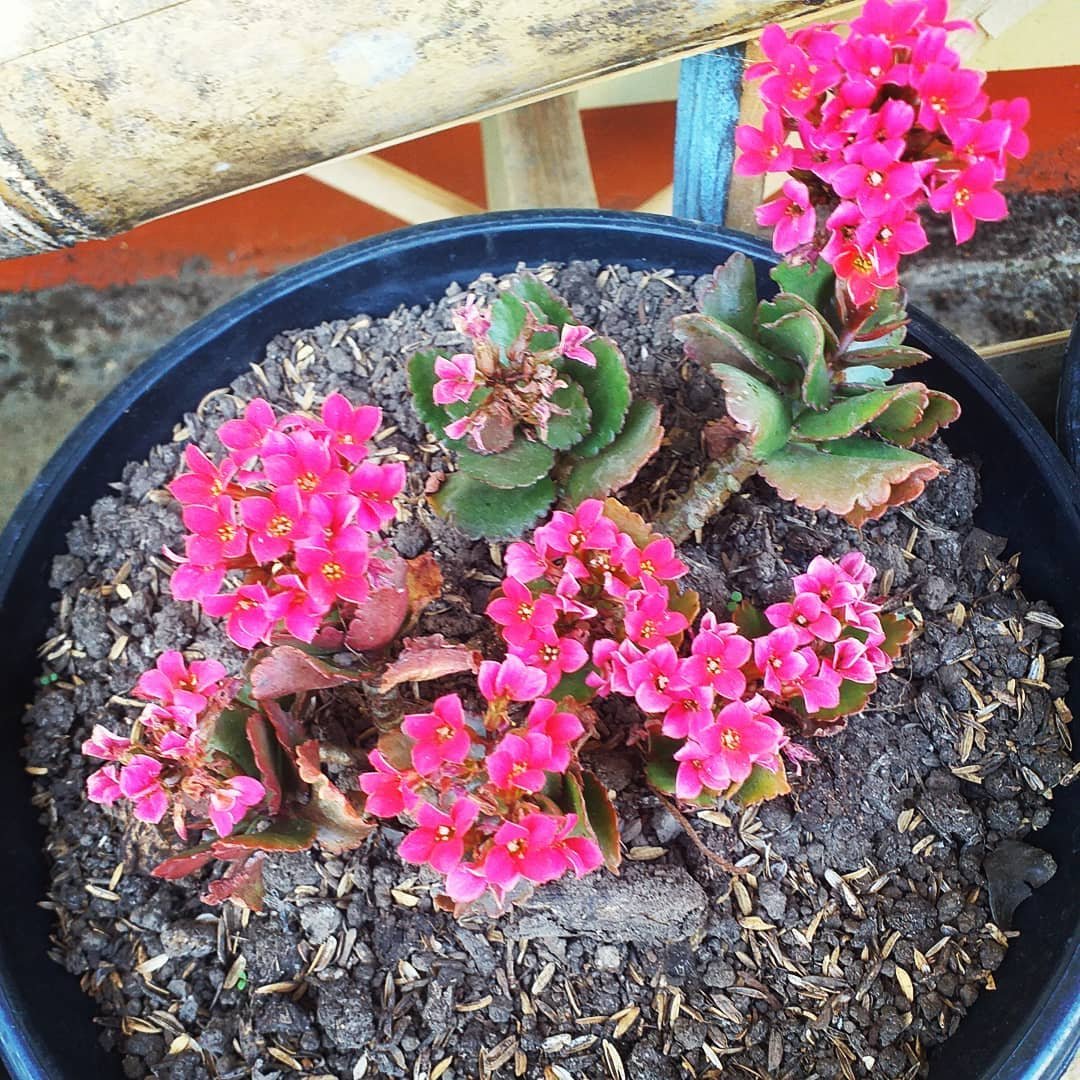Explore the beauty of Calandiva! Learn how to grow, care for, and propagate this vibrant flowering plant known for its lush blooms and easy maintenance. Perfect for gardeners of all levels!
Calandiva, also known as Kalanchoe blossfeldiana, is a delightful flowering plant that adds vibrant color and charm to any indoor or outdoor space. In this guide, I’ll share my expert tips on how to grow, care for, and propagate Calandiva, ensuring your plant flourishes and becomes a stunning centerpiece.
As a seasoned horticulturist with years of experience, I can assure you that Calandiva is a fantastic choice for both novice and experienced gardeners. With its lush, tightly clustered blooms and thick, succulent leaves, this plant not only provides aesthetic appeal but also requires minimal maintenance, making it a favorite among houseplant enthusiasts.
Here is a verified and easy-to-read chart on Calandiva:
| Category | Information |
|---|---|
| Botanical Name | Kalanchoe blossfeldiana var. Calandiva |
| Common Name | Calandiva, Double Flowering Kalanchoe |
| Plant Type | Succulent, Perennial |
| Hardiness Zone | USDA Zones 10–12 |
| Sun Exposure | Bright, indirect sunlight |
| Soil Type | Well-draining, sandy or cactus soil mix |
| Watering | Moderate, allow soil to dry between watering |
| Growth Habit | Upright, bushy |
| Height/Spread | 12–18 inches tall, 6–12 inches wide |
| Special Features | Drought tolerant, Long-lasting blooms, Low maintenance |
Characteristics of Calandiva:

- Flowers: Bright, multi-petaled blooms available in various colors, including pink, red, yellow, and white.
- Leaves: Thick, fleshy, and glossy green, characteristic of succulent plants.
- Growth Habit: Compact growth, typically reaching a height of 12-18 inches.
- Hardiness: Best grown in USDA hardiness zones 10-11, but can thrive indoors in cooler climates.
For more information on Kalanchoe species, visit the American Society for Horticultural Science.
Growing Calandiva
Ideal Growing Conditions
To cultivate a healthy Calandiva, consider the following conditions:
- Light: Prefers bright, indirect sunlight. While it can tolerate some direct sunlight, too much can scorch the leaves.
- Temperature: Thrives in temperatures between 60-80°F (15-27°C). Protect from frost and extreme cold.
- Humidity: Prefers moderate humidity levels but can tolerate dry air, making it suitable for most indoor environments.
Soil Requirements
Calandiva requires well-draining soil to prevent root rot. A mix of:
- Cactus mix or succulent potting mix
- Perlite or sand
is ideal for ensuring good drainage and aeration.
Planting Steps
- Choose a Pot: Use a pot with drainage holes to prevent excess moisture.
- Soil Preparation: Fill the pot with your well-draining soil mix, leaving enough space for the root ball.
- Placement: Gently remove the plant from its nursery pot and place it in the new pot, ensuring the top of the root ball is level with the soil surface.
- Watering: Water thoroughly after planting to settle the soil around the roots.
For detailed planting instructions, check out the Royal Horticultural Society’s planting guide.
Caring for Calandiva
Watering
- Allow the top 1-2 inches of soil to dry out between waterings. Calandiva is susceptible to overwatering, so it’s better to err on the side of underwatering.
- During the growing season (spring and summer), water more frequently. In the winter, reduce watering as the plant enters dormancy.
Fertilizing
- Feed with a diluted, balanced liquid fertilizer every 4-6 weeks during the growing season to promote blooming.
- Avoid fertilizing in the winter when the plant is dormant.
Pruning
- Remove spent blooms to encourage new growth and maintain the plant’s appearance.
- Prune any leggy or overgrown stems to promote a bushier shape.
Propagation
Calandiva can be propagated through leaf or stem cuttings. Here’s how:
- Take Cuttings: Use a clean, sharp knife to take cuttings of 3-4 inches long, making sure each cutting has a node.
- Drying: Allow the cuttings to dry for a few hours to form a callus.
- Rooting: Place the cuttings in a well-draining soil mix and water lightly. Keep in a warm, bright location until roots develop.
- Transplanting: Once roots are established, transplant the new plants into individual pots.
For more detailed propagation techniques, visit the Gardenia.net propagation guide.
Pest and Disease Management
Calandiva is generally resilient but can occasionally face pest issues, including:
- Mealybugs: Treat with neem oil or insecticidal soap.
- Spider mites: Increase humidity and use a gentle spray of water to dislodge them.
- Powdery mildew: Ensure proper air circulation and avoid overhead watering.
For more information on pest management, check out the University of Florida’s pest management resources.
Landscape Uses
While Calandiva is primarily grown as a houseplant, it can also be used in:
- Indoor arrangements: Combine with other succulents for a stunning display.
- Outdoor containers: Perfect for patios and balconies in warmer climates.
- Flower beds: Use as a border plant or accent in garden beds.
Environmental Benefits
- Acts as an air purifier, improving indoor air quality.
- Low maintenance and drought-resistant, making it an eco-friendly choice for gardens.
Learn more about the benefits of houseplants from the NASA Clean Air Study.
Calandiva is an enchanting addition to any plant collection, offering vibrant blooms and easy care. By following the tips outlined in this guide, you can ensure your Calandiva thrives and becomes a beloved part of your indoor garden.
For more in-depth information on Kalanchoe care, visit the Kalanchoe Society.